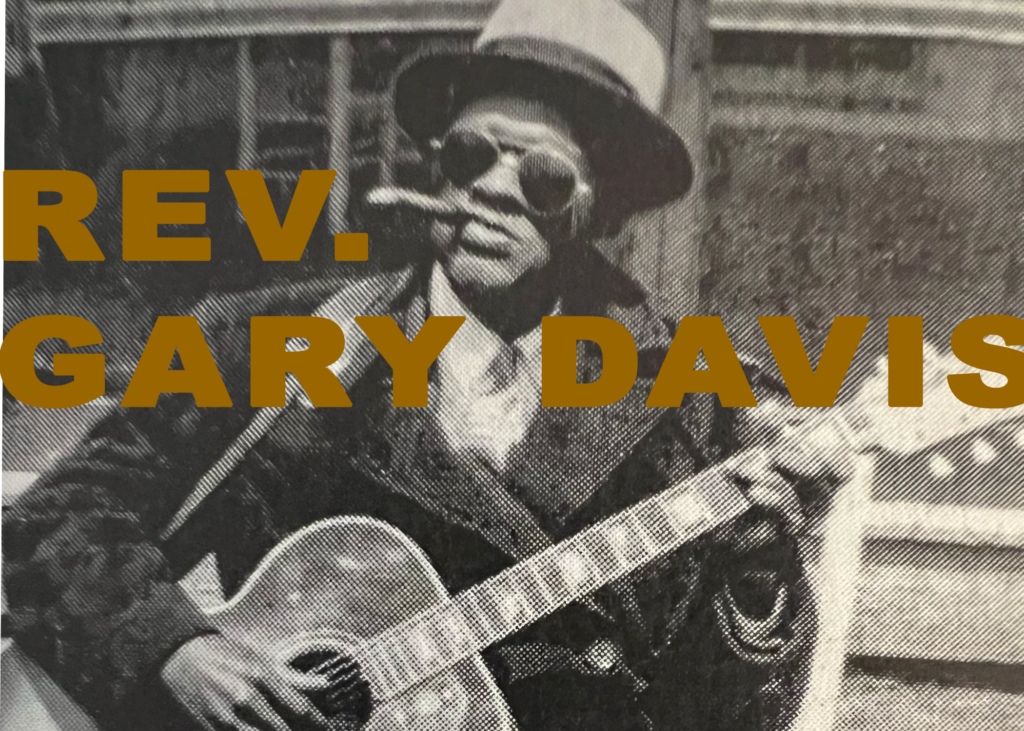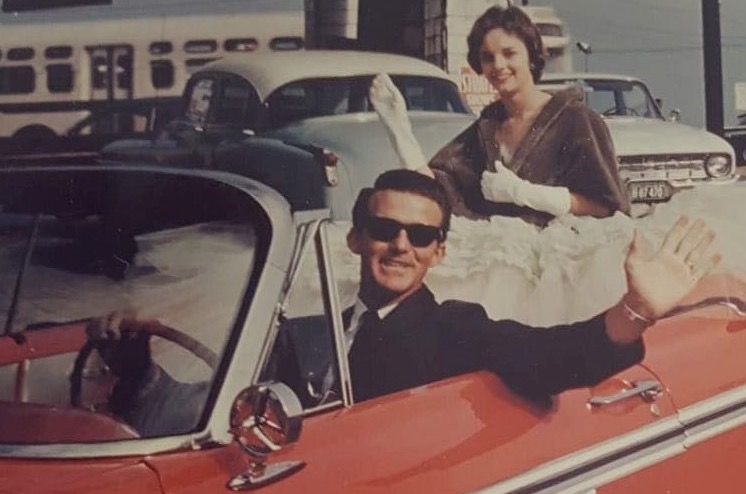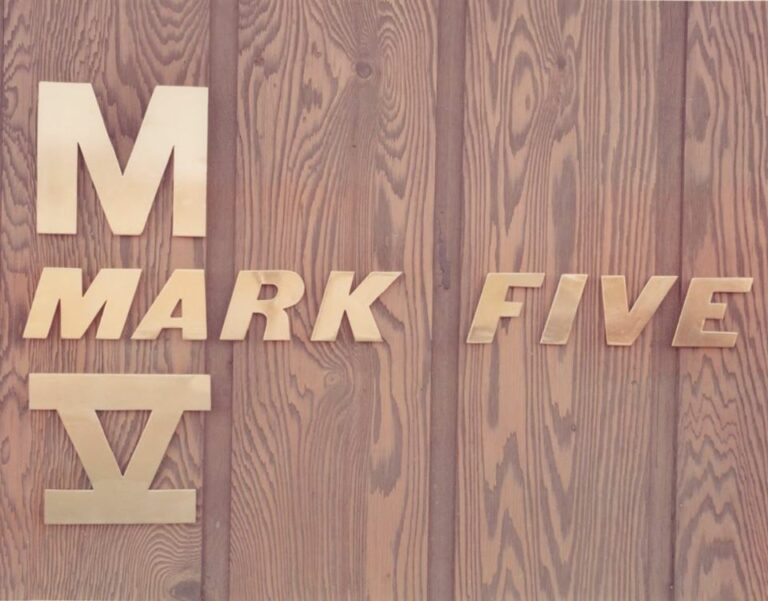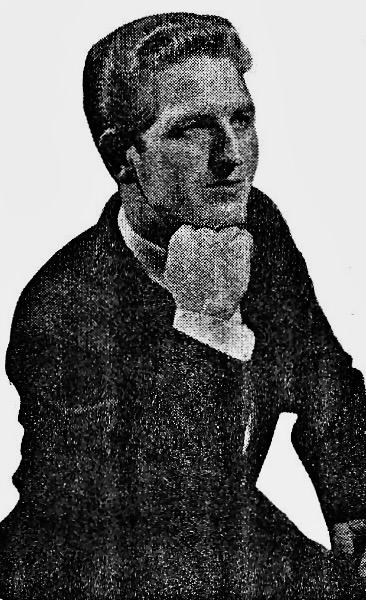
Reverend Gary Davis was born in Laurens County, SC on April 30, 1896. He was blinded in infancy through some sort of medical mishap owing to the lack of any adequate medical care for African Americans in that time and place.
Though the grandmother who raised him forbade it, and Davis suffered beatings at her hands for doing so, he learned to play guitar by fashioning a homemade instrument from household bric-a-brac. Eventually the mother who had otherwise abandoned him bought him a Sears, Roebuck guitar and he set about learning to play in earnest. Davis was soon playing on street corners and at local fairs and gatherings in the town of Laurens. He eventually moved on from Laurens to Greenville where he lived on Oscar Street in the Southernside neighborhood and fell under the tutelage of fellow Greenville blind blues legend, Willie Walker.
Rev. Gary Davis primarily performed on the street for his entire career. In addition to being blind and black, which excluded him from much of commercial society in the South, he was also devoutly religious for most of his life and believed that his musical gifts were for the salvation of souls. Thus, he was unwilling to perform in the sort of iniquitous places that the blues was typically performed.
Davis migrated around the Carolinas for years, finally settling for a significant period of time in Durham, NC. Davis continued to perfect his street performances in Durham, traveling once to New York City to record one 78-rpm record for the ARC record label as ” Blind Gary” in 1935. The record did not sell well, and Davis continued to lead the hand-to-mouth existence of an itinerant street musician in Durham and Raleigh until 1944.
Davis played on the streets of New York City, in Harlem and the Bronx, for many more years. In 1950 Alan Lomax, the great American folk musicologist, held a concert at Carnegie Hall in honor of the recently deceased Leadbelly. Rev. Gary Davis’s performance at that concert was one widely regarded as the most riveting, musically adept, and authentic of the evening. It brought Davis into the burgeoning folk revival scene of 1950’s New York City, though he continued to perform on the streets for many years to come.
Rev. Gary Davis is widely regarded as the greatest virtuoso of blues ragtime guitar, also commonly referred to as Piedmont style blues guitar. He was capable of accompanying his own gruff, down-home vocal style with complicated yet emotive finger-picked melodies, as well composing instrumentals that mimicked the county fair brass bands he heard as a child. Thes religious themes of his music express the kind of yearning, sorrow, hope, and faith that comes from a life of hardship that it is hard to fathom the existence of in 21st century America. He is a truly pivotal figure in American musical culture and one of South Carolina’s most celebrated artists.




